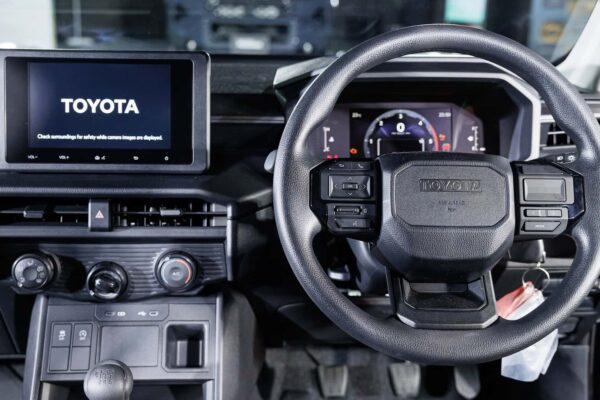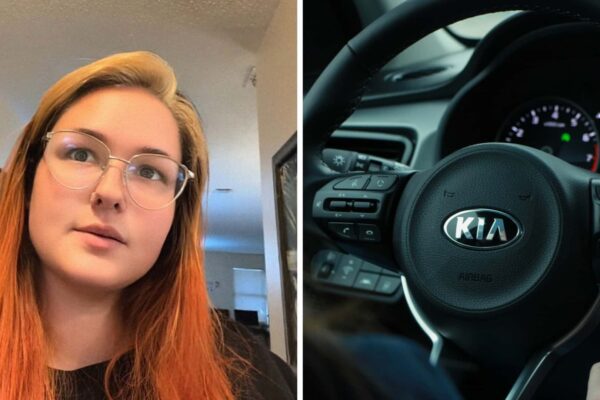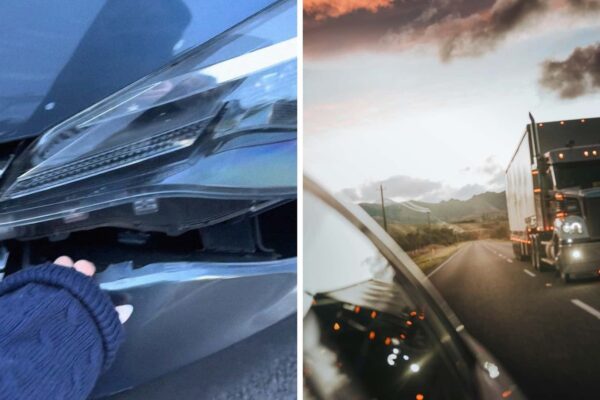As with many other cars manufacturers, Honda has expanded the scope of EV. Last year, 10 trillion yen ($ 68 billion) allocated to electricity, only to reduce this by 30 percent a few months ago. The company was also aimed at calculating purely electric cars 30 percent of annual sales by the end of the contract, but this goal no longer exists. In a new statement, Honda shows that she does not see EVS as the only way to carbon neutrality.
In order to be clear, Honda is still standing beside its goal “achieving carbon neutrality for all products and companies’ activities” by 2050. But as the old proverb says, he believes that there is more than one way for a cat skin. Talk to Australia Lead Magazine, the head of the local company arm suggested that EVS is not the only solution to reduce carbon emissions. Jay Joseph, CEO of Honda Australia, recently explained:
“Width =” 16 “Height =” 9 “Loading =” LAZY “/>
Photo by: Honda
“There is a point that I want to raise, however, is that EVS is not the goal. The electric vehicles of the batteries are a way to achieve a neutral carbon-it is not necessarily the only track when the infrastructure is present.”
While clarity came and went, Honda did not abandon hydrogen. the CR-V E: FCEV It is a fuel cell vehicle with a development, multiplies as a hybrid device made up by a rechargeable battery package 17.7 kW per hour that provides 29 miles of electricity. Toyota and Hyundai remain committed to hydrogen, and even BMW plans to launch a fuel cell vehicle in 2028 with the help of Toyota. On the contrary, stellantis recently Abandoning all hydrogen effortsAnd described it as a “specialized slice”.
His Japanese colleagues believe that there is room for more diversity in the movement group. The world’s largest car manufacturer is convincing combustion engines that burn hydrogen can serve as an alternative to going to the battery EVS. Along with local partners Mazda and Sobaru, it is developing Neutral carbon engines Capable of running on liquid hydrogen, fuel and artificial fuel.
Infrastructure to supply hydrogen is very backward
However, the elephant remains in the infrastructure room, or its absence. It will be difficult to have any type of hydrogen compounds, given the extent of the fuel network. according to H2stations.orgOnly about 1,160 fuel stations She was working worldwide at the end of last year. Artificial fuel infrastructure is not in practice, with only a few exceptions, such as Porsche experimental plant in Chile.
Some may argue that car manufacturers have overcome a dead horse with artificial fuel hydrogen, but others remain skeptical that the battery EVS is the final answer. One of the most controversial claims comes from Toyota Chairman of the Board of Directors Akio Toyoda. In early 2024, he expected that traditional EVS would never exceed 30 percent market share. But all signs indicate that it may prove a mistake in the non -far -long future, as the battery EVS continues to gain traction.
The International Energy Agency (IEA) reported that traditional electric cars are formed 20 percent of global sales in 2024 It is on the right track to exceed 25 percent this year. While China greatly pays demand, Europe has great gains. According to the European auto manufacturers Association, EVS accounted for 17.5 percent of new car sales In the first half of 2025, an increase of 13.9 percent in the same period last year.



